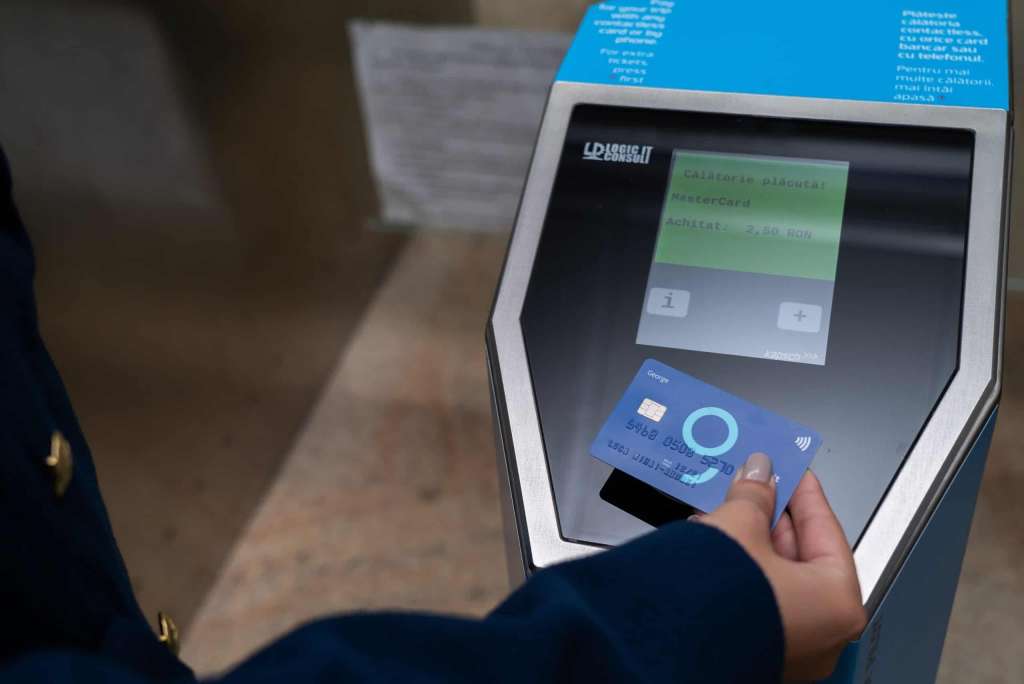Share This Article
Contactless payment: how you can pay for transport
Paper money is increasingly being replaced by contactless payment. The first digital analog of banknotes was the bank card, but even that is now seen less and less frequently, replaced by phones, smartwatches, and fitness bracelets.
However, technology continues to evolve, and systems for making payments through chatbots are being actively tested. Walletmor produces payment chips that can be implanted in the arm. Several thousand people in different countries have already had them implanted.
Despite this development of tools for contactless payment in stores and online, there is still a sector where progress is very slow. We are talking about public transport, where, due to the conservative policy of carriers, smart technologies are still poorly represented. However, there are countries where the problem of contactless fare payment has already been solved.
For example, China has been testing a face-based payment system since 2019. The Shenzhen subway installed a screen to recognize the passenger’s face. Another innovation in the country is the ability to pay for travel with cryptocurrency, developed at the National Bank of China. This method is available in buses, and in a number of cities through a digital wallet, you can pay in the subway.
In South Korea, a single card is available for all public transport. It is offered to passengers as a standard card as well as a keychain that can be attached to a smartphone. In addition, the country is testing a system that does not require a card. In buses, trains, and subways, a special frame is installed, and when a person passes through it, the system linked to the transport card records the movement and automatically withdraws payment.

In Japan, fare cards are also available, but they do not need to be attached to the turnstile; it is enough to swipe the bag or pocket where the card is located. And when you touch the turnstile, the system itself calculates the amount of payment when the person leaves the station.
Many countries have developed applications for contactless payment for rides. They are linked to the card, and when you put it to the validator, the desired amount is withdrawn on its own.
Soon we can expect to be able to pay for public transport services using various gadgets, such as key chains, rings, smartphone stickers, or clothes. The time is not far off when passengers will have their retinas or fingerprints scanned at the entrance to the subway or train – biometric technology has been going in that direction for a long time. Progress is going forward, affecting all areas of our lives, making them more comfortable and easier. And public transportation is no exception, although it takes longer for changes to come here.

